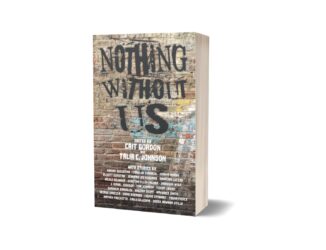An Interview with MJ Lyons
I recently had a chance to chat with MJ Lyons about his ongoing speculative fiction writing and his exploration of fabulous smut. I think there is so much power in the ability to explore the fantastic and the unabashedly sexy, and am excited that I was able to hear from MJ about his work, including his latest work Queer Werewolves...









